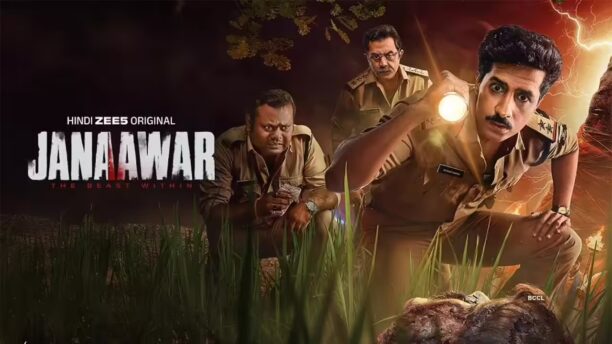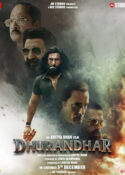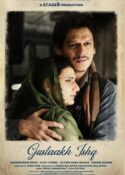 How far should a filmmaker go in the quest for realism ? It is okay to forfeit all claims to aestheticism while searching for “The Truth?” (whatever that may be)?
How far should a filmmaker go in the quest for realism ? It is okay to forfeit all claims to aestheticism while searching for “The Truth?” (whatever that may be)?
At one point in ZEE5’s Janaawar: The Beast Within, an ageing man being tortured in police custody, defecates in his clothes. This is where I lost connection with these dark sinister people in a village where people speak in an unidentifiable accent. It sounds like a hybrid lingo from UP and Bihar which exists somewhere in the back of the beyond of our filmmakers’ playground in their mind where atrocities and serial killing go hand in hand.
The writing is evidently meant to be dark and sinister. It unintentionally evinces chuckles from us. It starts with a decomposed body in the forest. Junior cop Hemant Kumar (Bhuvan Arora) is put in charge as his senior is busy with his grandson’s mundan ceremony (smiles). These backwater cops, I tell you.
Before we could finish admiring the artiste’s handiwork in the decomposed body (aesthetics, as already pointed out, are not a strong point in this series) the body goes headless. Yes,someone has run away with the corpse’s head.
While the cops fretted and fumed, I was having a good laugh. I don’t know if that is the response that was expected from me. With a series such as this, it is hard to tell which way the writers’ mood swings: are they satirizing the corruption in the bureaucracy especially in distant hamlets? Or are the intentions more serious? Are we supposed to thoughtfully move away from the characters and assess them in a larger socio-economic perspective?
The protagonist Hemant Kumar (Bhuvan Arora) is repeatedly reminded of his caste-challenged status in life, not only at work but also by his wife’s parents who rue giving their daughter to “doosri jaat wala”.
The characters seem like replicas of small-town anxiety, reel than real men; mimic men as author V S Naipaul had so eloquently described uprooted people. The only exception is the feisty female cop Vimla (Eshika Dey). She seems real rather than a facsimile of reality.
Especially strange is the limping lost soul called Kailash (Badrul Islam) whose beautiful wife is the cynosure of almost every man in the village. It is carnal carnival out there. This angle of the story is incongruous and oddly fitted into the larger “design”, if one may use that word to describe a world so committed to chaos, it cavorts on tenterhooks.
Social concerns take a backseat as the series approaches its closure and the killer’s identity is revealed. Suffice it to say that the killer’s identity comes as a surprise, but his motivations seem not only haphazard but laughably absurd.
It is a mystery why I chose to sit to the end of the series. The moment a man relieved himself on screen it was time to flee to the gauzy safety of the next episode of Twinkle and Kajol’s talk show.









